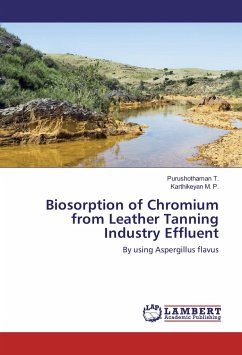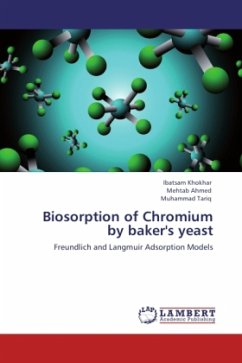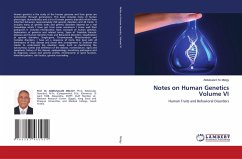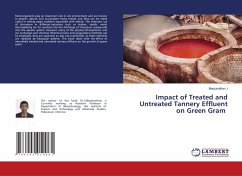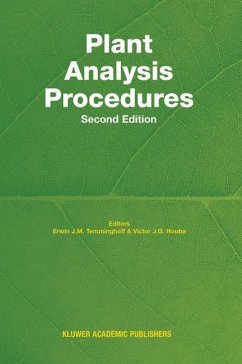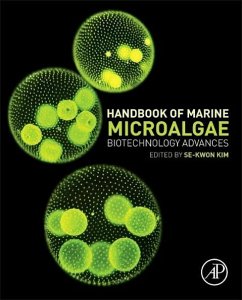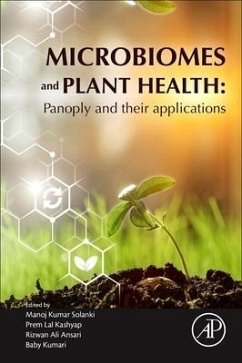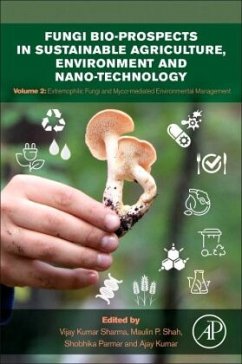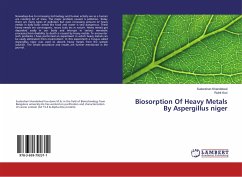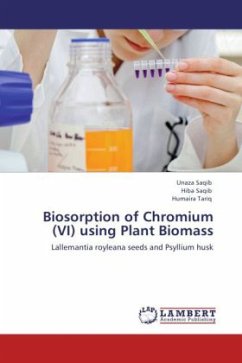
Biosorption of Chromium (VI) using Plant Biomass
Lallemantia royleana seeds and Psyllium husk
Versandkostenfrei!
Versandfertig in 6-10 Tagen
39,99 €
inkl. MwSt.

PAYBACK Punkte
20 °P sammeln!
Anthropogenic activities are the main causes that affect the natural geological distribution of heavy metals through pollution of the environment.Bioremediation for removal of toxic heavy metals from waste water is gaining much importance.In recent years, in the field of wastewater bioremediation, the search for low-cost biosorbents having high metal-binding capacities has intensified. The objective of this study was to focus on the elimination of chromium (a toxic heavy metal) from water by applying biosorption technique using Lallementia royleana seeds and Psyllium husk. According to the ava...
Anthropogenic activities are the main causes that affect the natural geological distribution of heavy metals through pollution of the environment.Bioremediation for removal of toxic heavy metals from waste water is gaining much importance.In recent years, in the field of wastewater bioremediation, the search for low-cost biosorbents having high metal-binding capacities has intensified. The objective of this study was to focus on the elimination of chromium (a toxic heavy metal) from water by applying biosorption technique using Lallementia royleana seeds and Psyllium husk. According to the available literature, these plant materials have not been used as biosorbants before. These both are agricultural by-products and are abundantly cultivated throughout Asia. Their biosorption capacity was also compared to Aspergillus niger, which is a well known biosorbant. The optimum conditions for biosorption were determined as a function of biosorbent concentration, pH, temperature and contact time.



